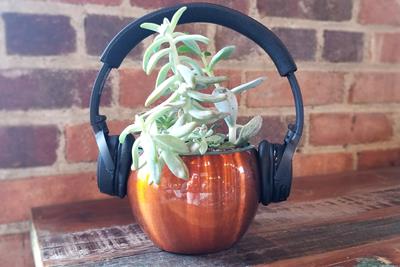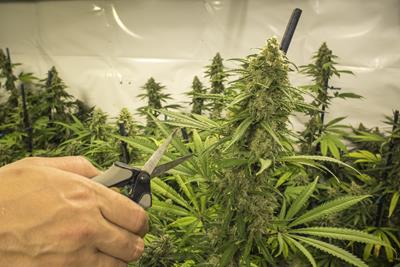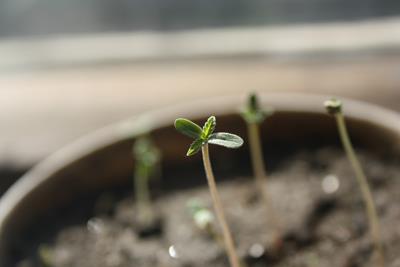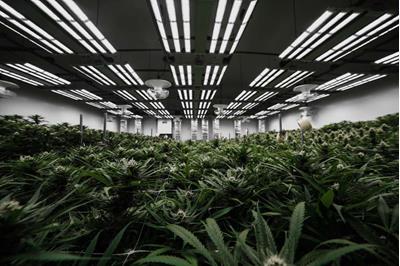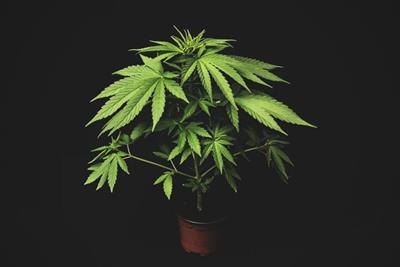
Friday March 18, 2022
By Paul Barach
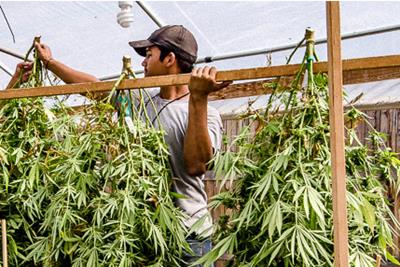 Growing
Growing
For part 4 of our Growing Weed in Washington series, PotGuide sat down with Scott Myers, Matt Vaagsland, and Doug Brody of Kiona Farms to learn about growing weed in Washington’s wine country, how weed and wine are similar, and how to baby your native soil.
Kiona Farms is located in Benton, Washington in the southern part of the state. Backed by Red Mountain, Benton’s sandy loam soil is renowned for wine. Kiona Farms shares the area with 37 local vineyards and wineries. Kiona is known for producing sun grown craft cannabis, with a focus on hard-to-find and vintage strains.
Interview with Kiona Farms
[Paul Barach]: What is it like growing weed in Washington? Why did you pick Benton?
[Scott Meyers]: We picked it mostly because I live here (laughs). We looked around earlier on for better spots, but Benton County is really a remarkable place for growing many things and the climate is especially well suited for cannabis. So it was fortuitous we ended up growing here.
[PB]:Why is the climate so good for growing weed?
[Matt Vaagsland]: The landscape [resembles] the Rif mountains in Morocco [where nearly all of that country’s cannabis is grown.] There’s intense sunlight, it’s generally on the drier side, and that great soil. The combination of the three has a great effect on cannabis.

[PB]:Any benefits or challenges of growing weed out in Benton?
[SM]: The climate is wonderful out here. We have long dry summers. We do light-deprivation [using shaded canopies], so we try to get our harvest done before the cooler, damper part of the season sets in.
[PB]: Any weed strains that grow particularly well out here?
[SM]: Our Silver Lights is particularly robust. Dread Bread produces really well out here but because of its heavy colas it needs to be supported. Triangle Kush is a fairly easy keeper…Some of the other ones, the Big Sur Hippie weed, a delightful flower, is hard to propagate. We pick strains because of their uniqueness, their extraordinary effects, not because they’re “bomb proof” or easier to grow. Our sativas, for example, take 12-16 weeks to flower, which is plenty of time for things to go wrong. They’re persnickety plants.
[MV]: Some of the OGs, the plants that can be more difficult for indoor growers to do such as Triangle Kush and Loompah’s Headband, they do well out there at the farm. They like it out there.
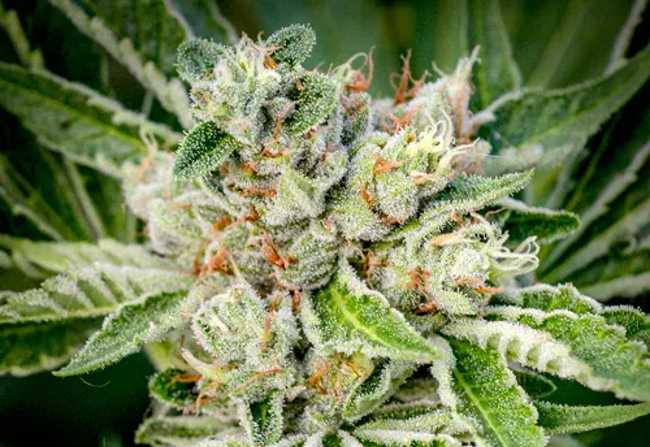
[PB]:Do you have any special growing practices that you use? Why?
[SM]: Native soil is remarkable to begin with...it’s one of our greatest assets Over the years we’ve amended it with organic compost and treated it very well. We try to maintain the integrity of the soil…turn it by hand at the beginning of the year to get it aerated but don’t pulverize it. Mostly, we just let the soil do its thing. We only use fertilizers in our nursery program and sometimes just to kickstart it a little bit at the transplant stage. We treat our soil oh so carefully and the soil treats the plants well in return.
[MV]: Out on the farm with sun grown, we take our plants to the maturity level that we think is best gonna suit that specific strain. With sativas, we’re only letting those [trichomes] heads get maybe 50% cloudy, then we’re taking it down. With our OGs, we let those get fairly amber before we take those down.
[PB]: Anything you’ve noticed specifically about the plants that are sun grown in native soil that’s different?;
[SM]: I liken it to some of the premium wines. There are some vineyards where they will bottle some of their premium pinots from a particular part of their vineyard and they will say “This is from the north section of the fourth row.” They get very specific because there are real differences in the soil that have an effect on the wine, and I think cannabis is the same. Because we use that natural soil, the flavors definitely come through.
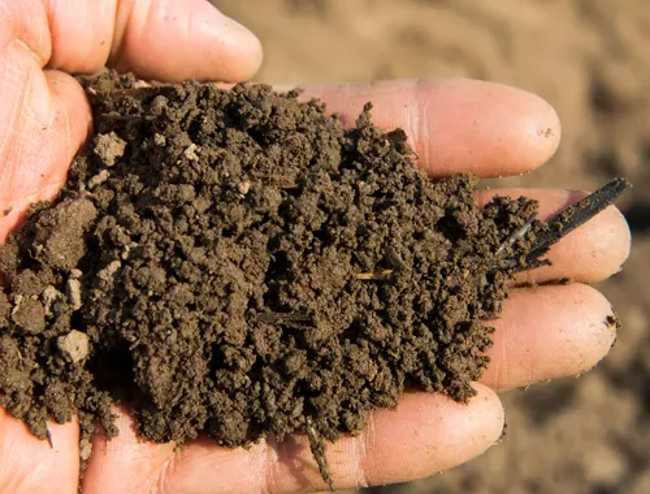
[PB]: What marijuana strains are you most hyped about growing?
[MV]: Our sativas are really special. I’m a big fan of Big Sur Hippie Weed. That’s such an old plant and such an amazing plant. We try to do that one as much as we can. Mexican Death Sativa, Canguru de Oaxaca. Nigerian Tea Haze. As far as broadleaf [indicas] I love our Triangle Kush, Loompah’s Headband, the Monolith…We’re going to have some exciting New York Hazes coming out, The Manhattan Brown, Pure Cuban Black Haze.
[PB]: What in your opinion sets Washington weed apart?
[MV]: I think the differences are uniqueness, the terroir [the “character” a unique growing environment gives a product like wine.] We’re definitely a little farther South, almost touching Oregon. There’s that good wine-country soil, and I just don’t think their growing conditions are as good elsewhere.
[SM]: I’m not aware of any plant on earth that grows better indoors than in native soil and good outdoor conditions with the full power of the sun. I’m certain cannabis isn’t going to be the first. We’re looking forward to the day where people will tend to say “That’s not bad for indoor.”
Thanks for talking to PotGuide!
Photo Credit: Kiona Farms



